Looking at all of the fluorocarbon options on the market today can make picking the right one for you confusing. Knot strength, stretch, suppleness, diameter, and more can effect which leader you select. In this article we are going to break down the differences between four of the most popular types of Seaguar fluorocarbon.
Mike gives us a great video overview of the different options here
Blue Label

Blue Label is designed for the all around angler who doesn't want to carry multiple types of leader material around with them. Incredible knot strength makes this great for direct to lure connections. Blue Label has great abrasion resistance which makes it perfect for the inshore angler who fishes around rocks. Blue Label is a fast sinking fluorocarbon.
Inshore

Seaguar Inshore is named perfectly. This fluorocarbon is designed for rocky areas, jetties, and shorelines. Inshore sinks faster than Blue Label and is slightly less visible in the water than Blue Label. Inshore is one of the most affordable options in the line.
Premier

If you are open water fishing Seaguar Premier is the option for you. Premier has less abrasion resistance than Blue Label or Inshore but has an incredible strength to diameter ratio. Premier has almost no memory and is prized for its suppleness.
Gold Label

Gold Label is named aptly. It is easily one of the best fluorocarbons on the market. It is the most expensive option in this lineup but when you see how thin and strong it is you can see the price being justified. Made up of two different fluorocarbon resins, Gold Label maintains its strength and a small diameter. Knots cinch easier on Gold Label compared to the other options which make it easier to finish knots on a moving boat or rocky shoreline.




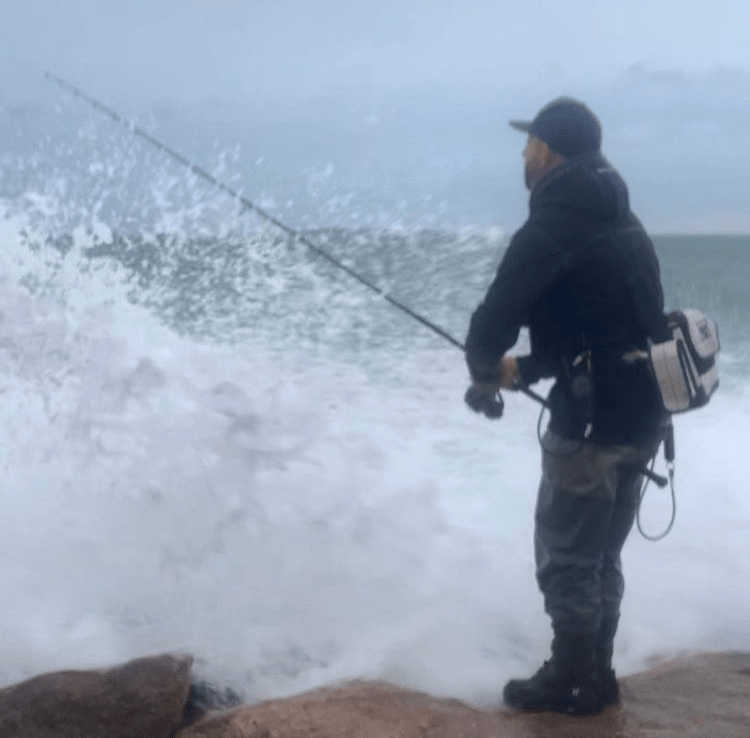

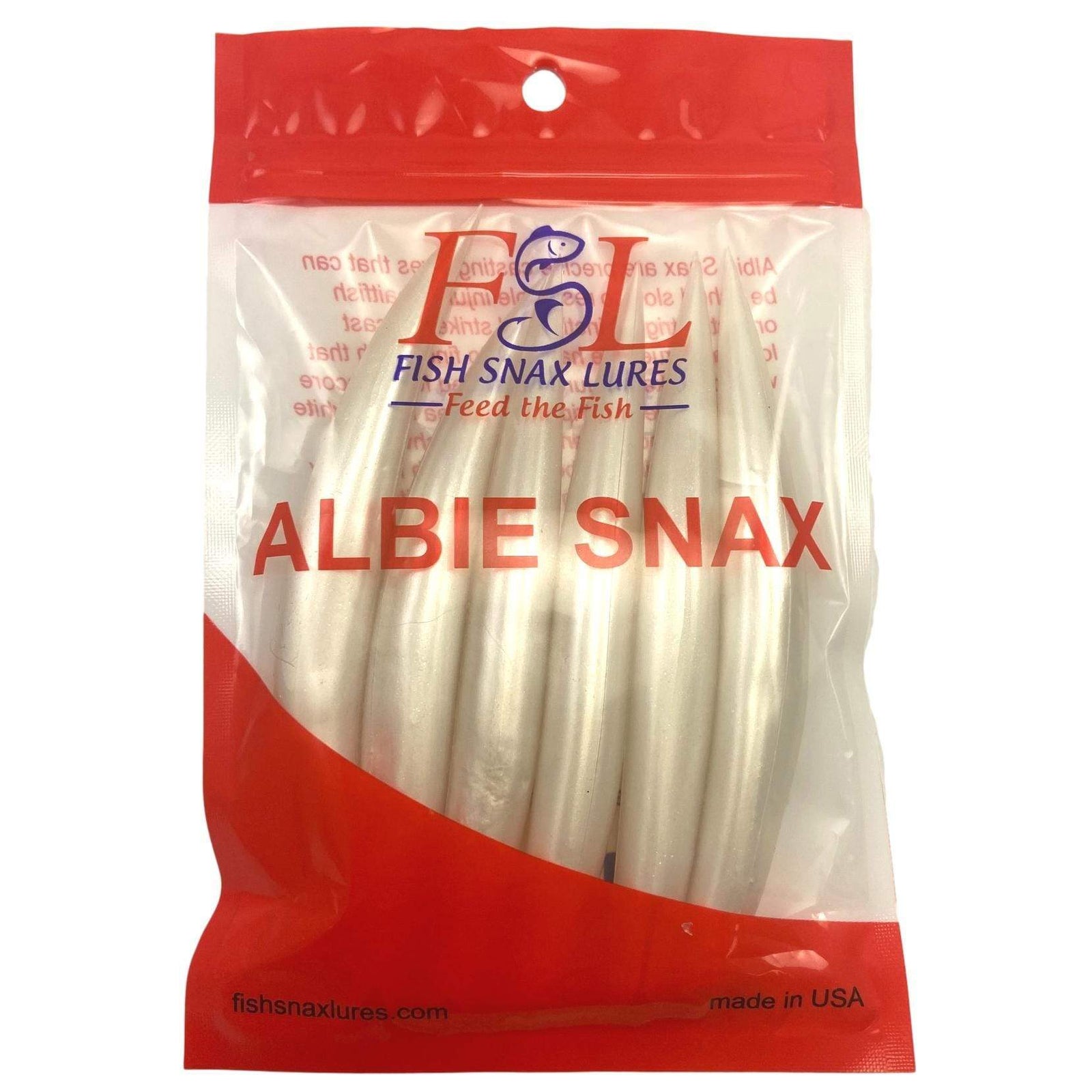

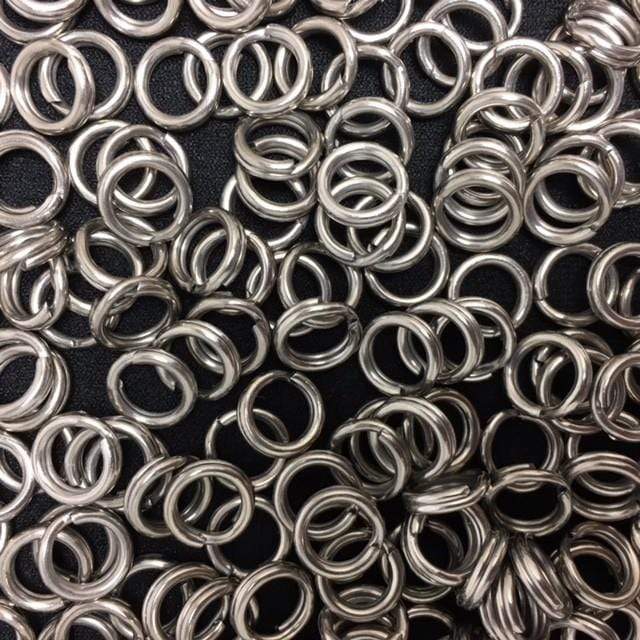
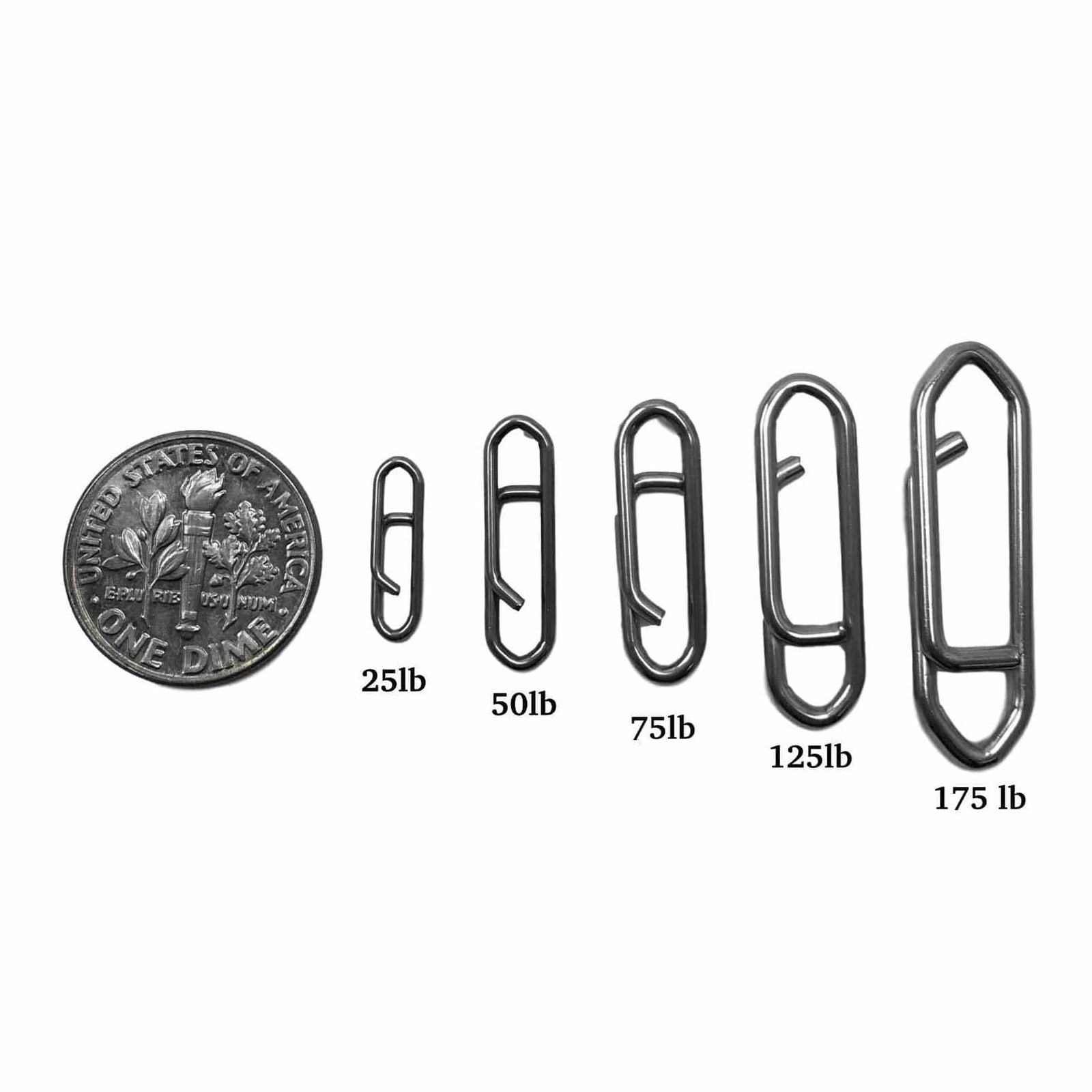

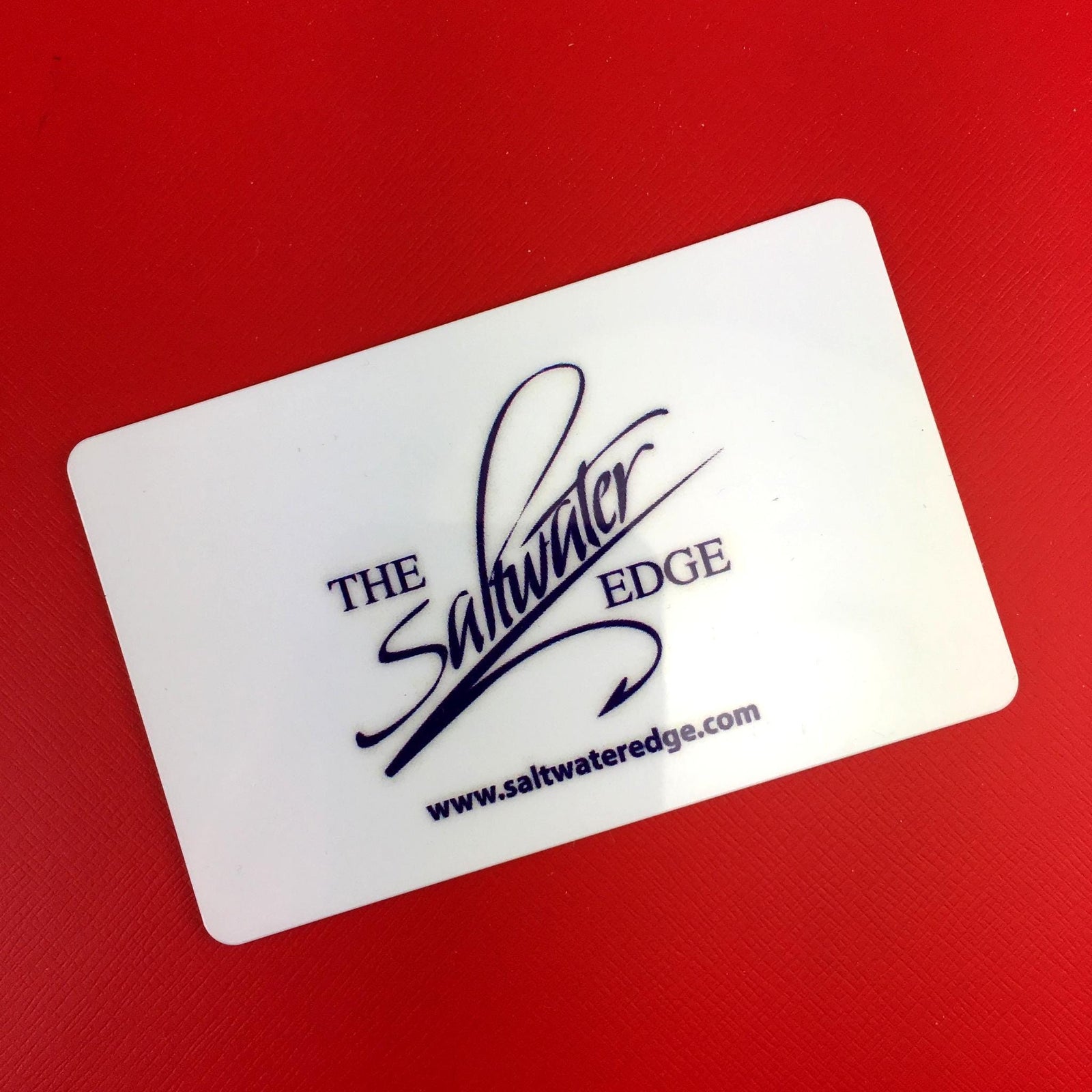
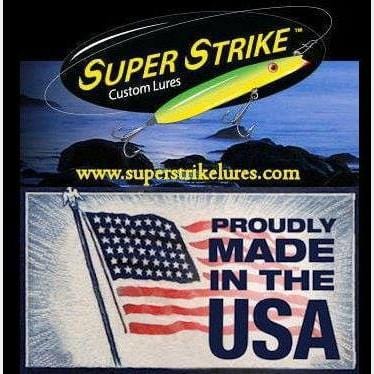

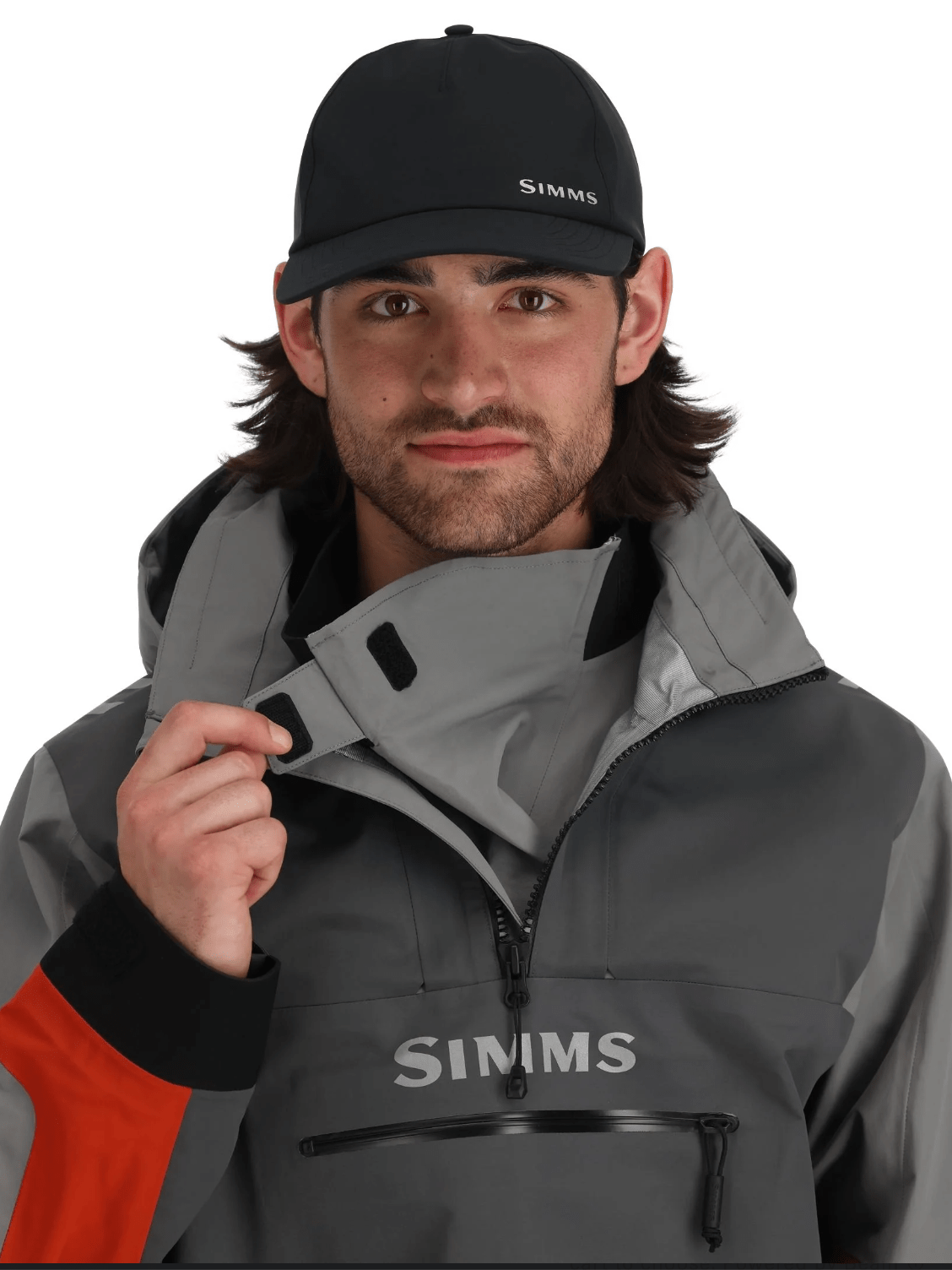

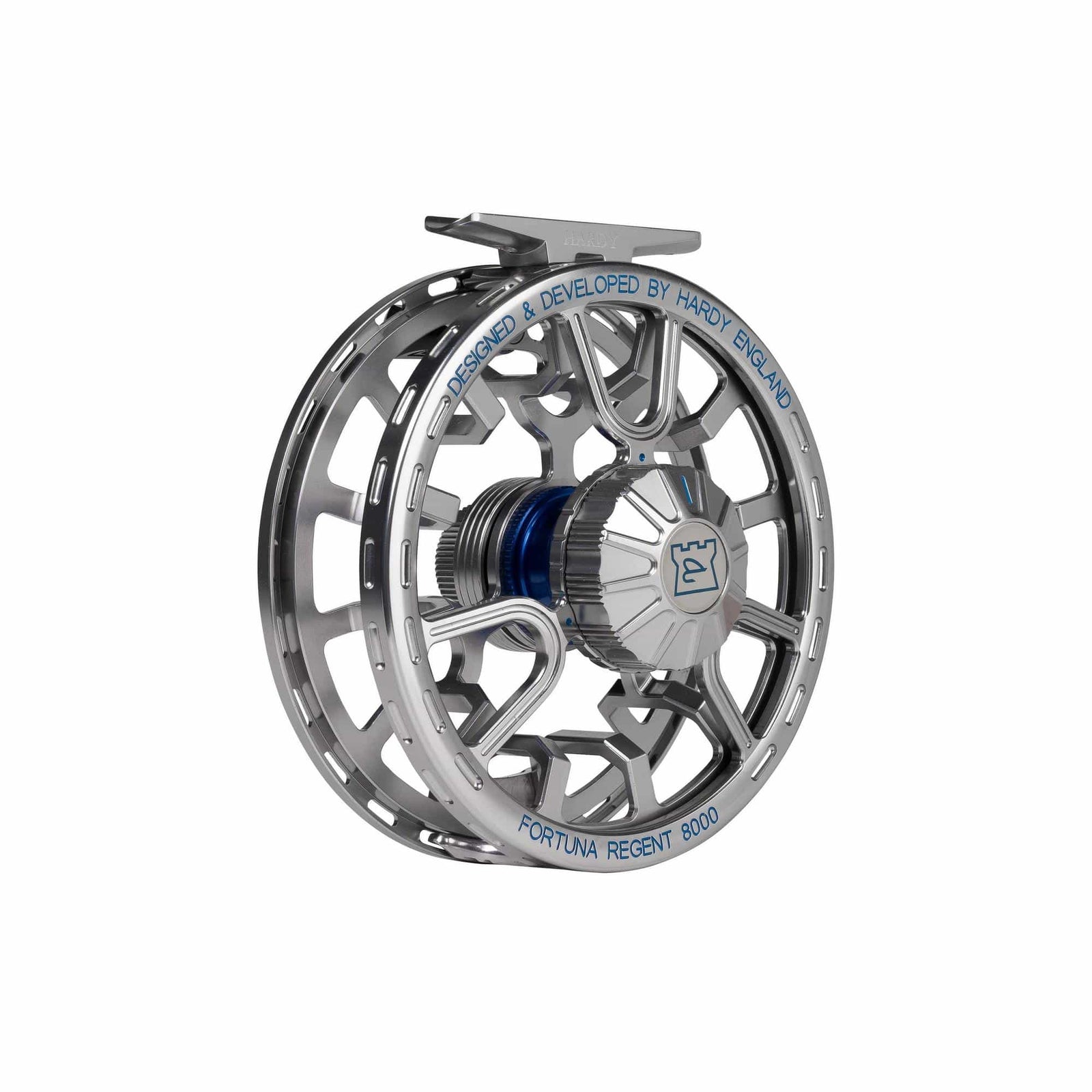
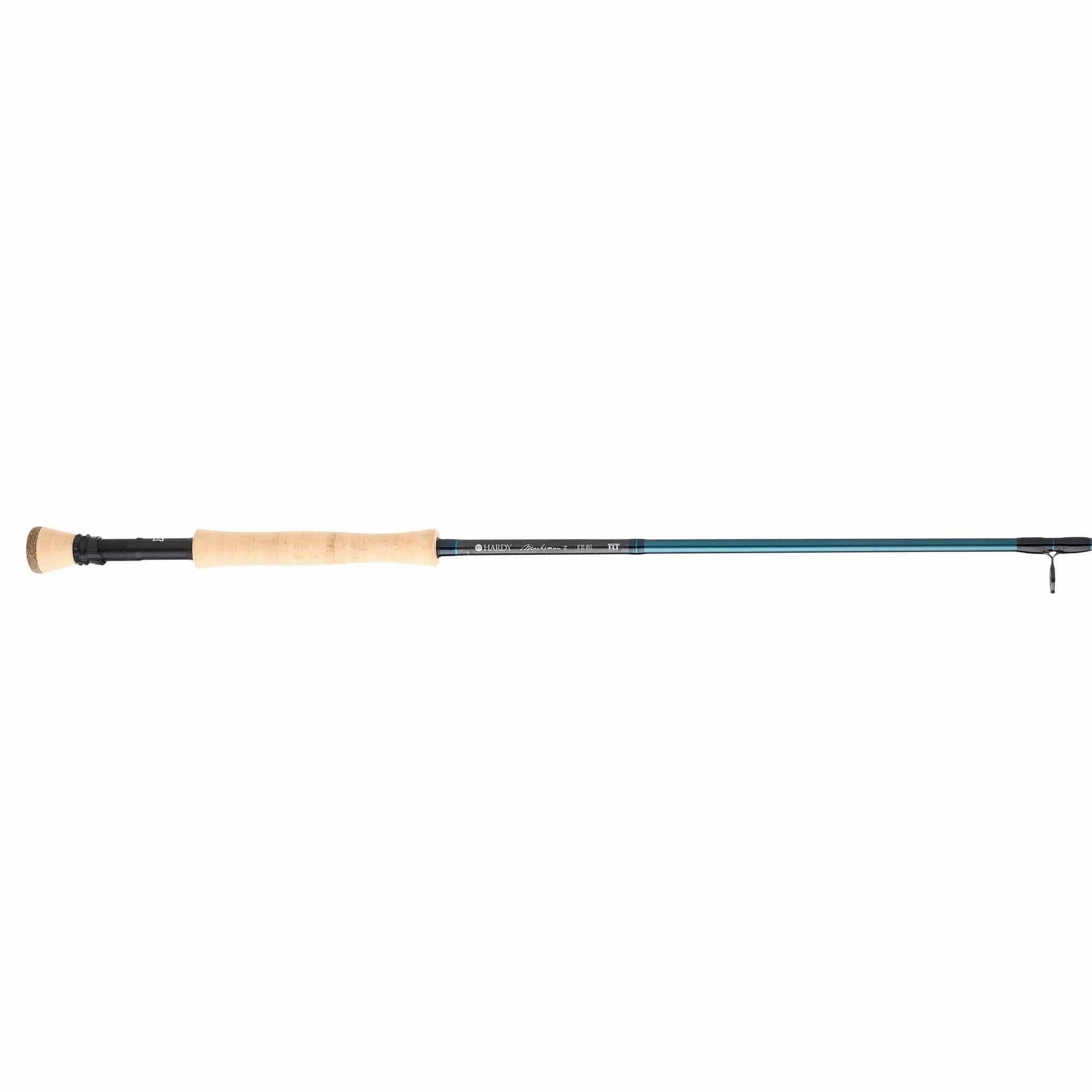
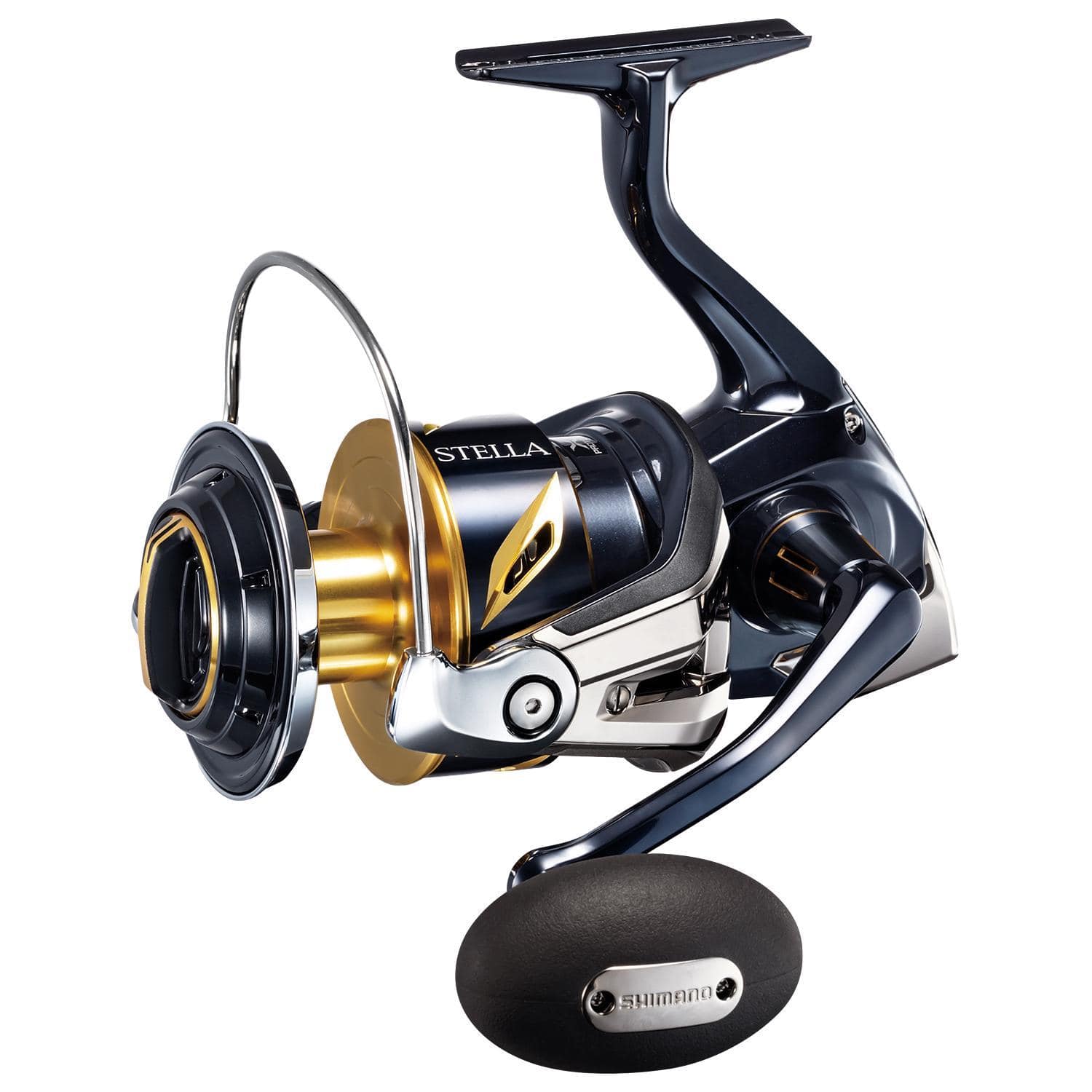
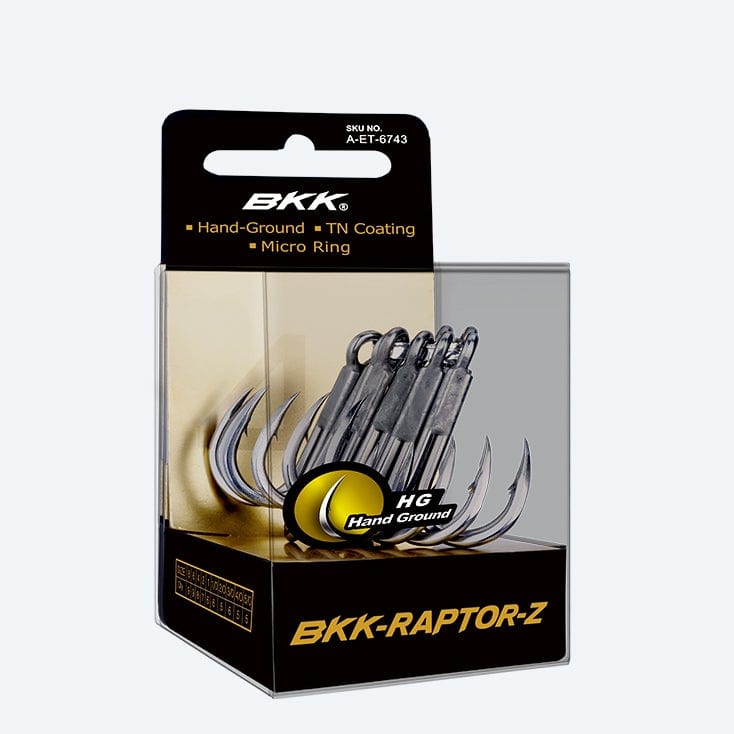

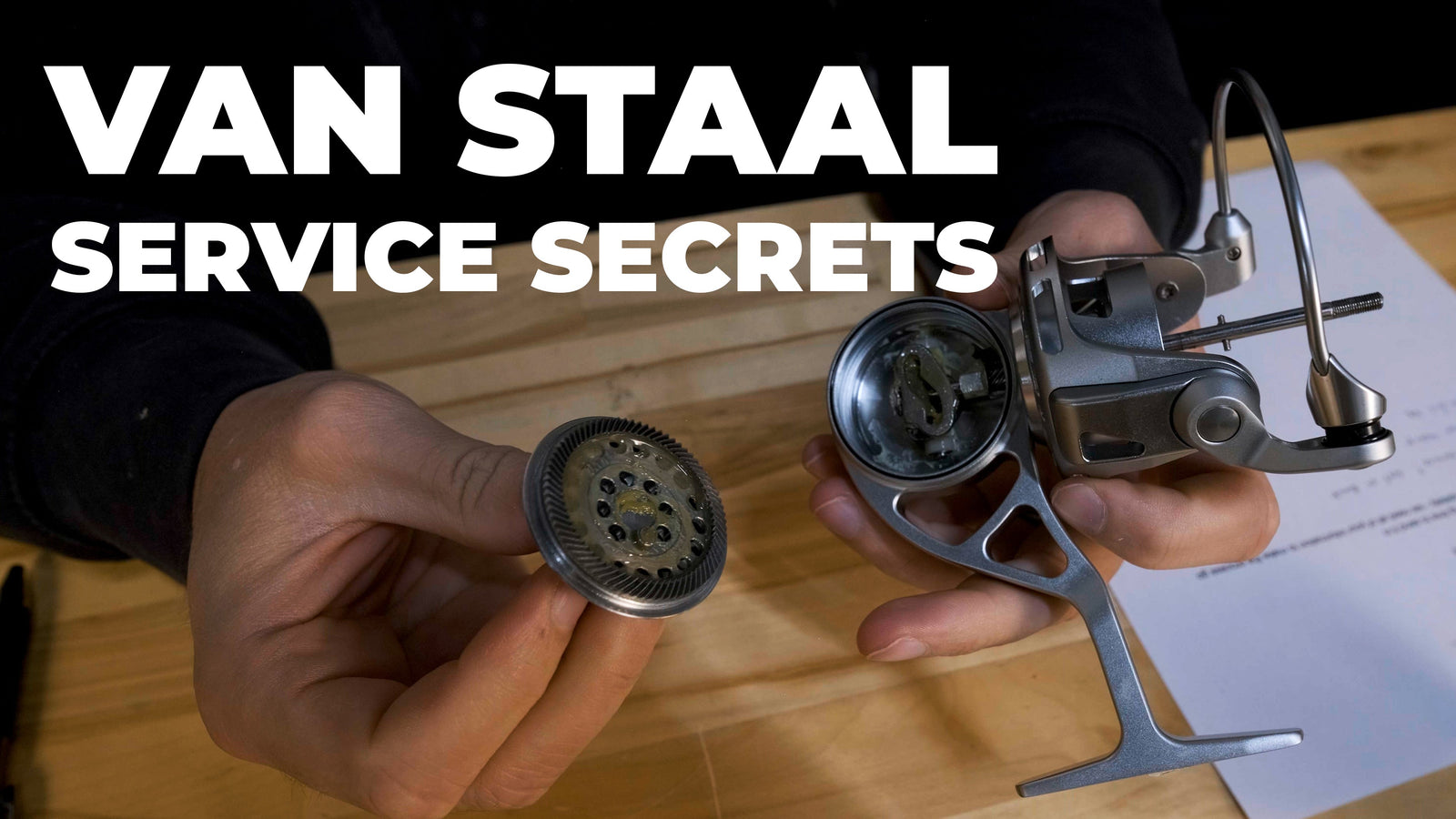


Al Massa
April 07, 2025
I fish for snook around rocks, jetties, bridge pilings. Lots of abrasion. I use blood or uni knots to tie from line to leader. so I like the thinner line. How well will the thinner online (gold -20# .35 mm compare to say blue at .405mm, or Berkley canish 20# at .400mm in terms of abrasion resistance? Thank you in advance and also for a great video presentation.